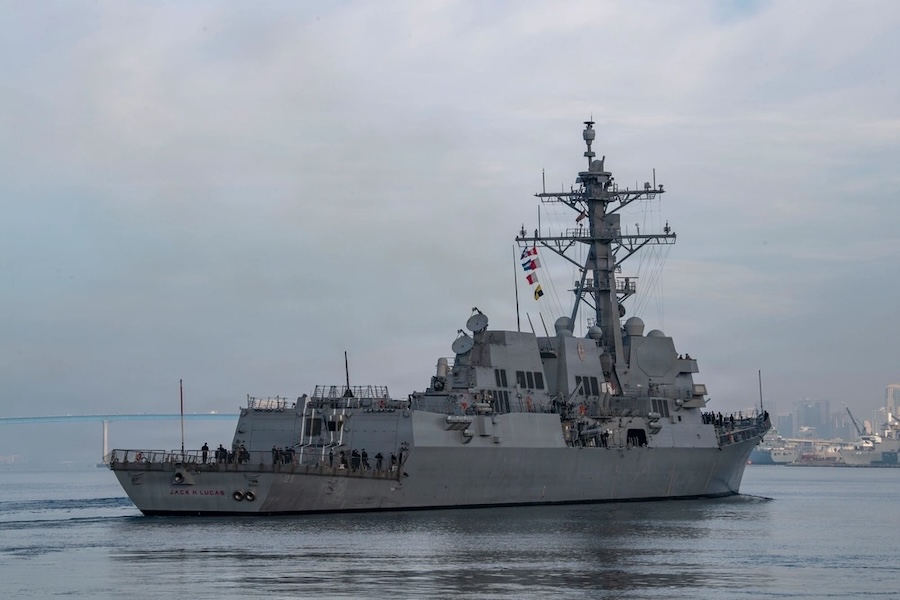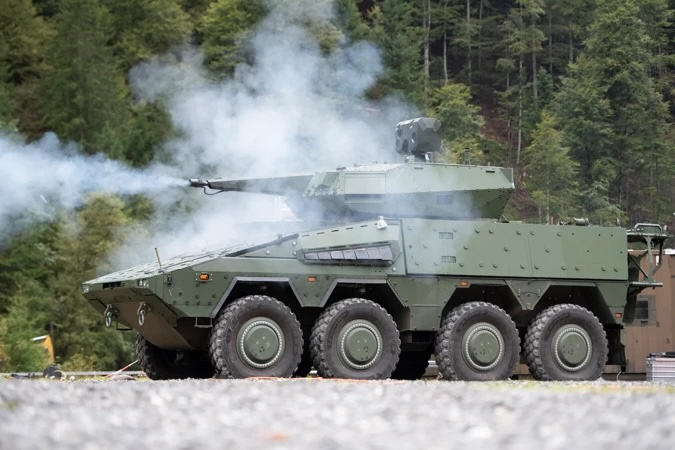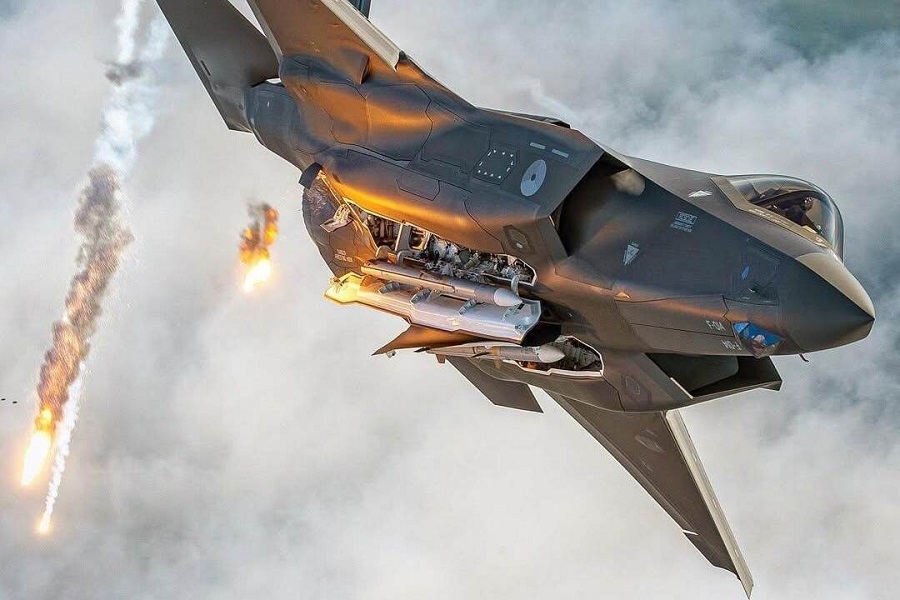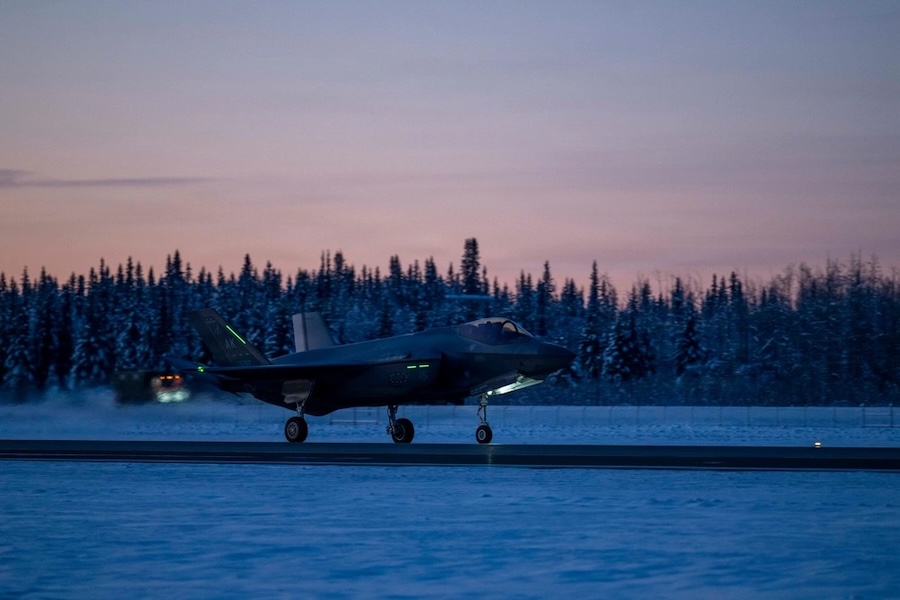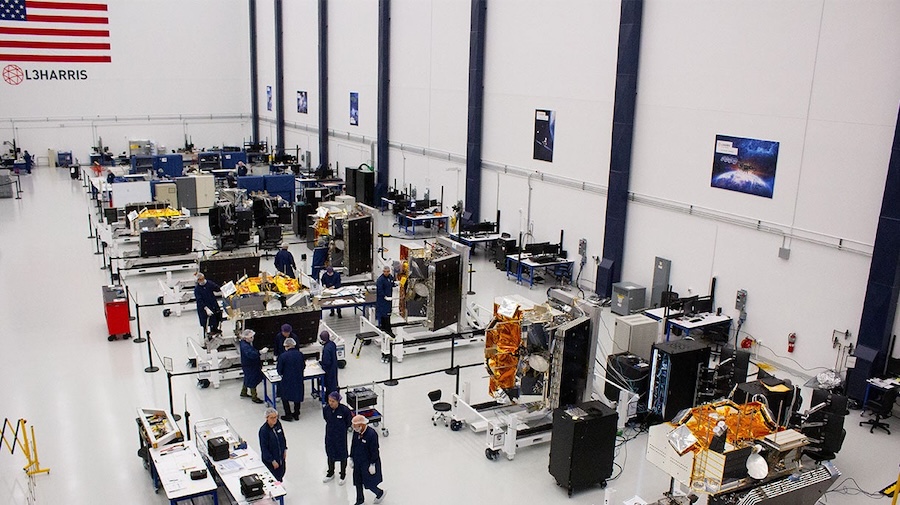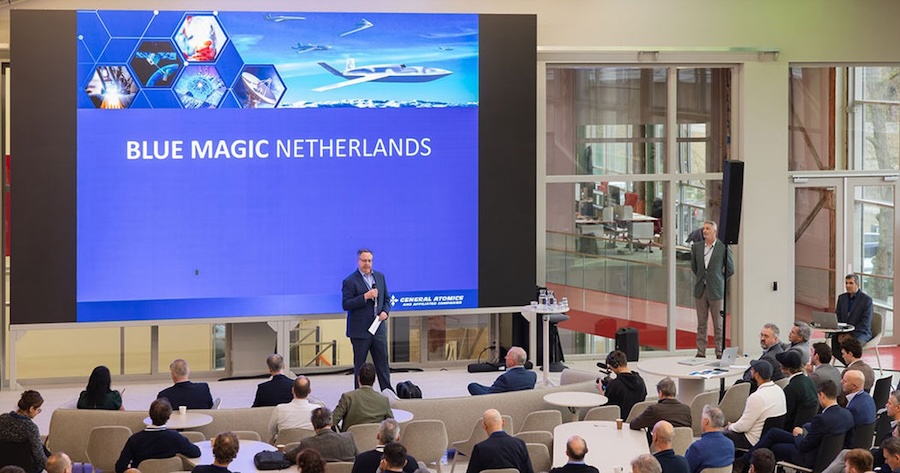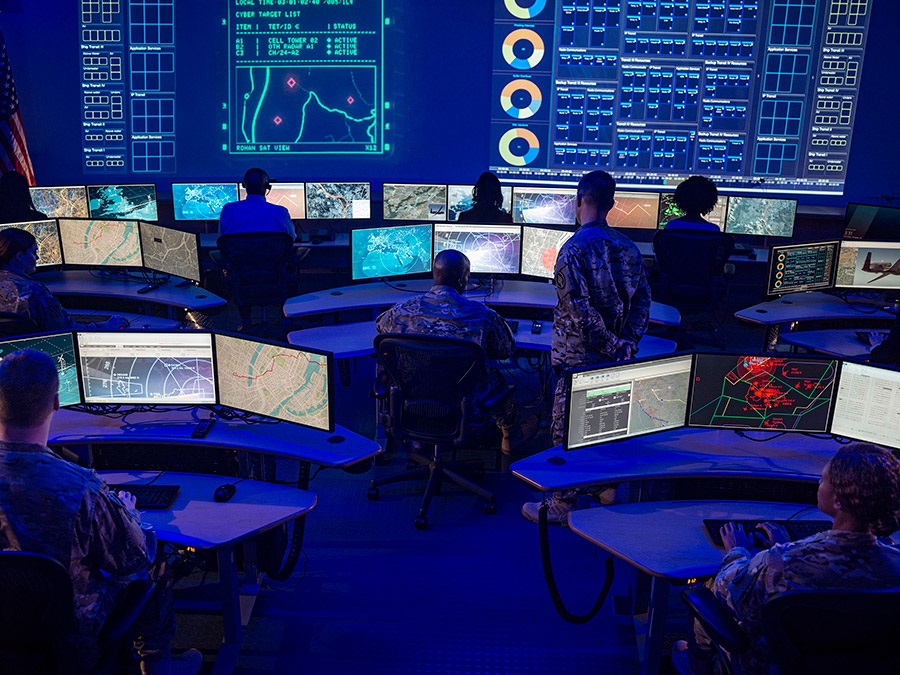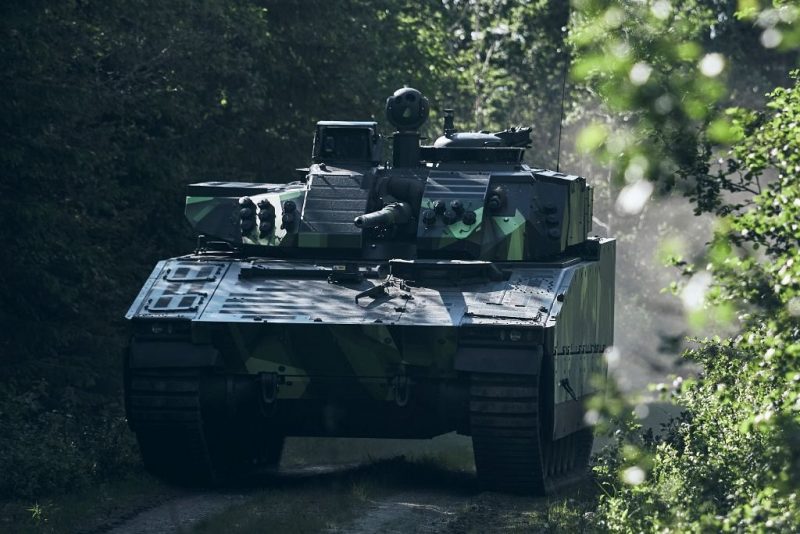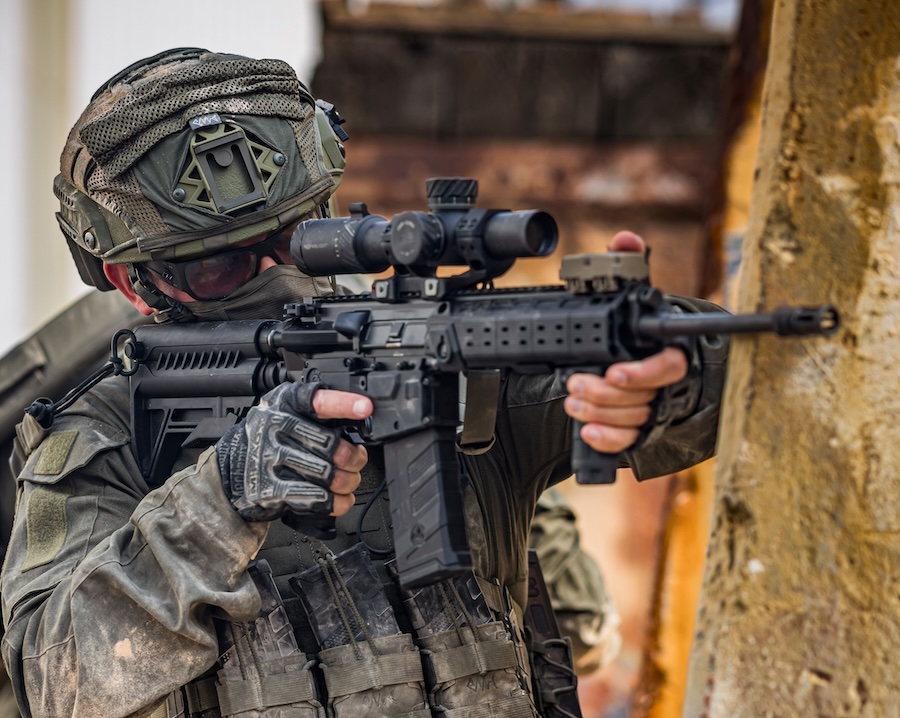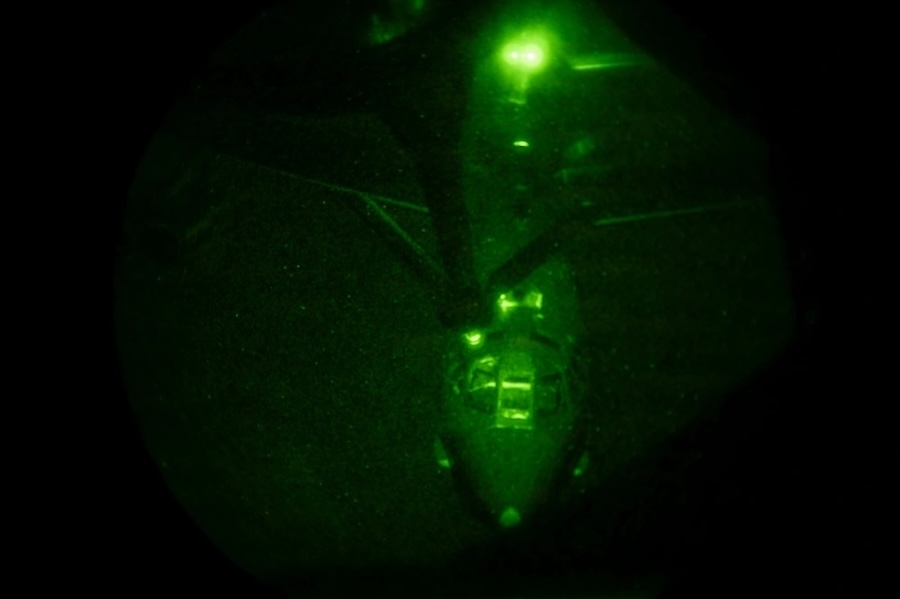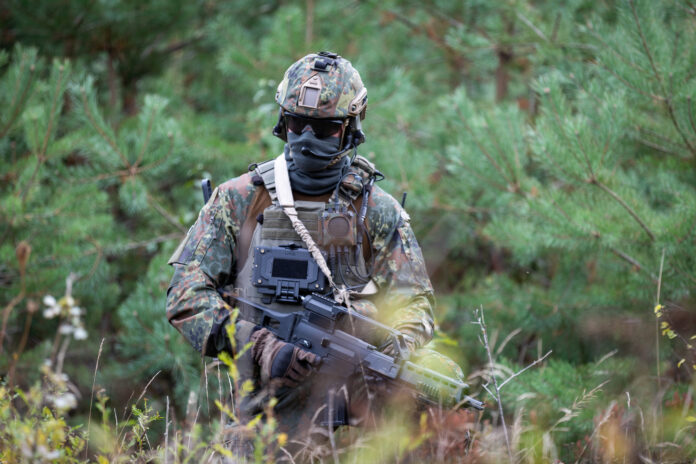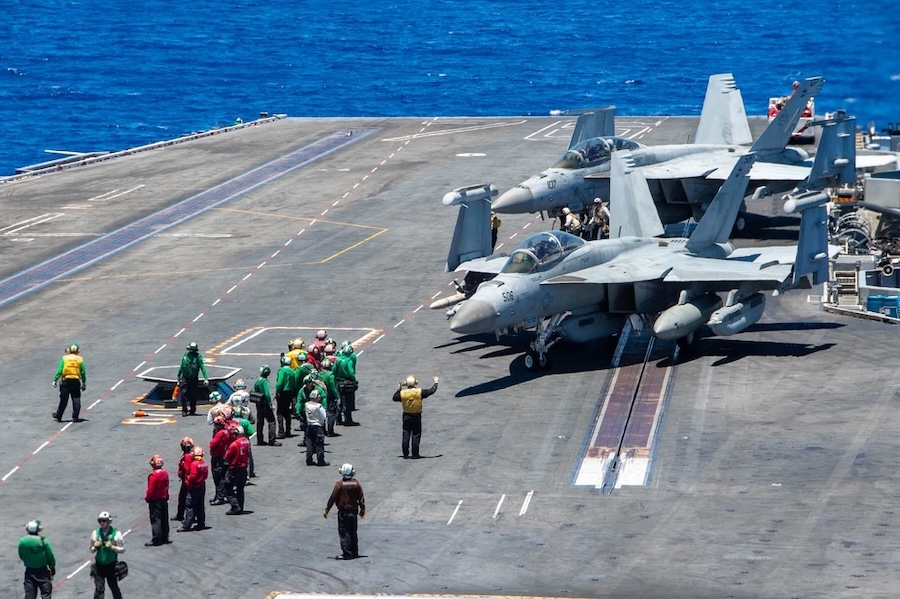“Dominating the electromagnetic spectrum paves the way for all other operations,” said James Conroy, vice president of electronic warfare and targeting. “In these high-stakes environments, having systems that work together is a significant advantage that allows warfighters to operate safely and effectively in the highly contested airspace of a near-peer fight.”
IVEWS and SABR communicate digitally on a pulse-to-pulse basis, enabling each to be aware of the other’s activity in real time. This allows pilots to perform intensive radar tasks while IVEWS continues to counter adversary threats without compromise.
Modern threats, according to Northrop Grumman, are increasingly mobile and capable of rapid frequency changes, requiring equally agile electronic warfare solutions. “We built IVEWS with an ultra-wideband architecture and the onboard power to detect and protect against the most advanced threats,” said Conroy. “The U.S. and its international partners are encountering these same threats worldwide.”
Selected by the U.S. Air Force in 2019, IVEWS has since completed Operational Assessment after flying over 70 sorties in demanding electromagnetic environments. SABR, first delivered in 2013, has seen over 900 units fielded globally.
The system’s debut at the Northern Lightning exercise in 2021 marked its first flight, where it performed successfully in a complex threat environment. It later underwent rigorous laboratory testing before being installed on two USAF F-16s for further trials.
Lt. Col. Christopher B. James, USAF, Deputy Division Chief, F-16 USAF Programs, highlighted the success of the assessment, stating: “Our USAF F-16 System Program Office, in collaboration with our Northrop Grumman, Lockheed Martin, Eglin’s OFP/CTF and Terma partners, has successfully completed the IVEWS Operational Assessment with excellent results…Not only did the system perform well, but it also worked during its first flight on two aircraft, which is unprecedented for a complex and fully integrated electronic warfare system.”
IVEWS has now surpassed 250 flight hours and continues to demonstrate its effectiveness across a broad spectrum of threats. Both IVEWS and SABR are produced in the U.S. and are ready to support the global fleet of over 2,800 F-16s.


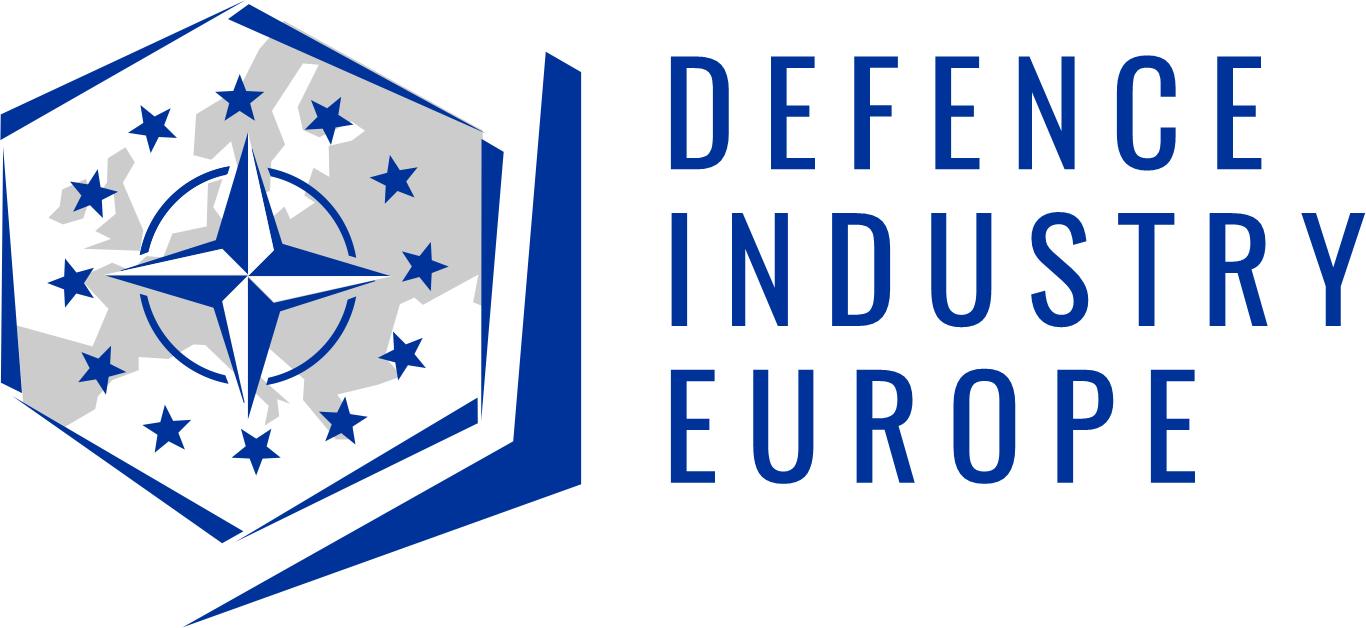
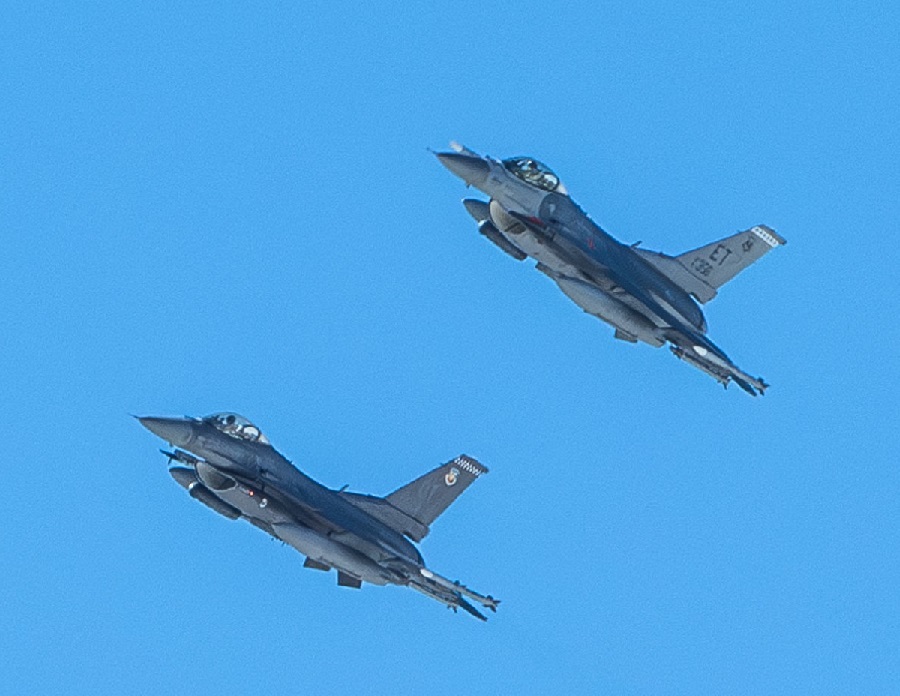


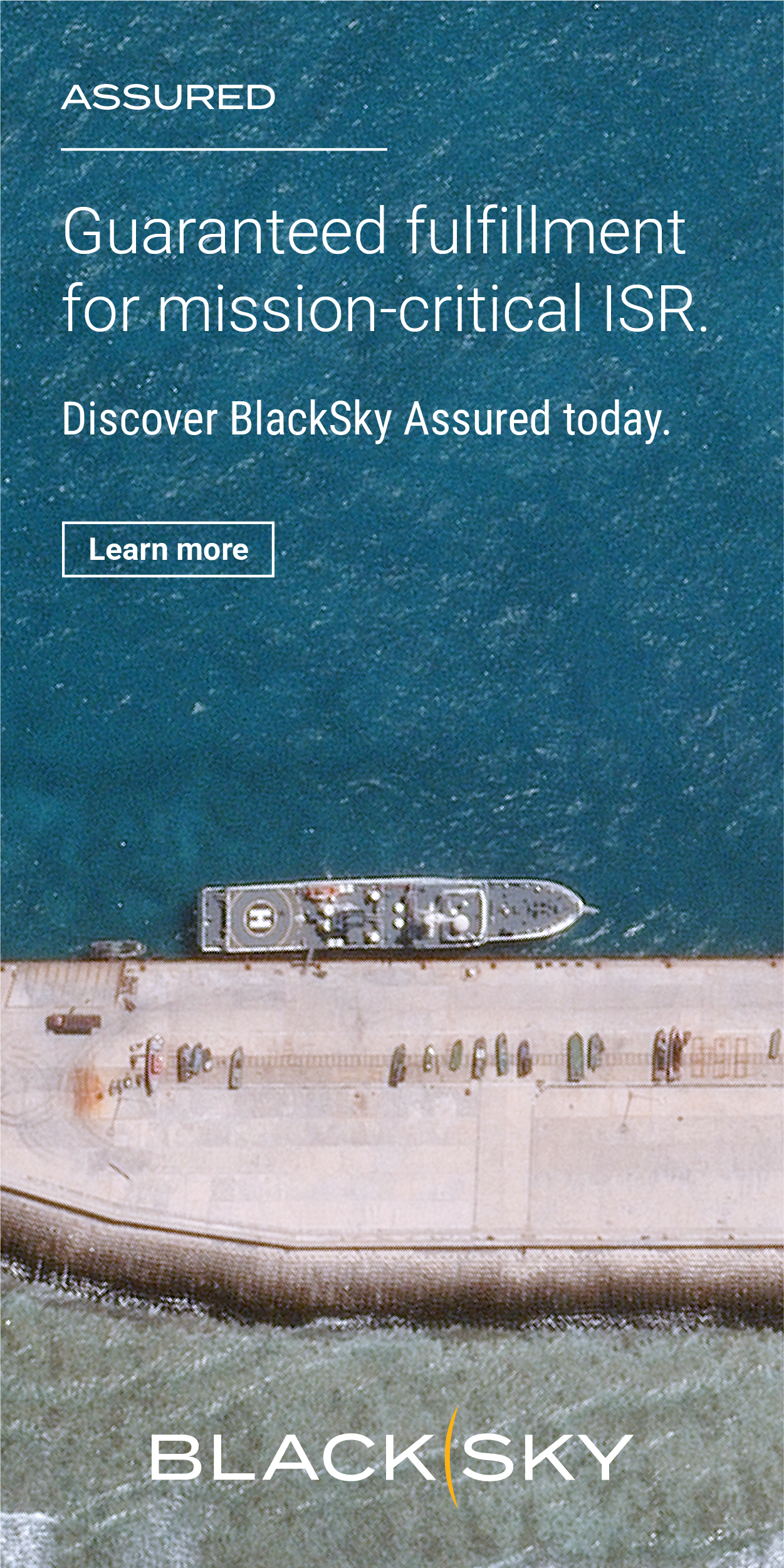





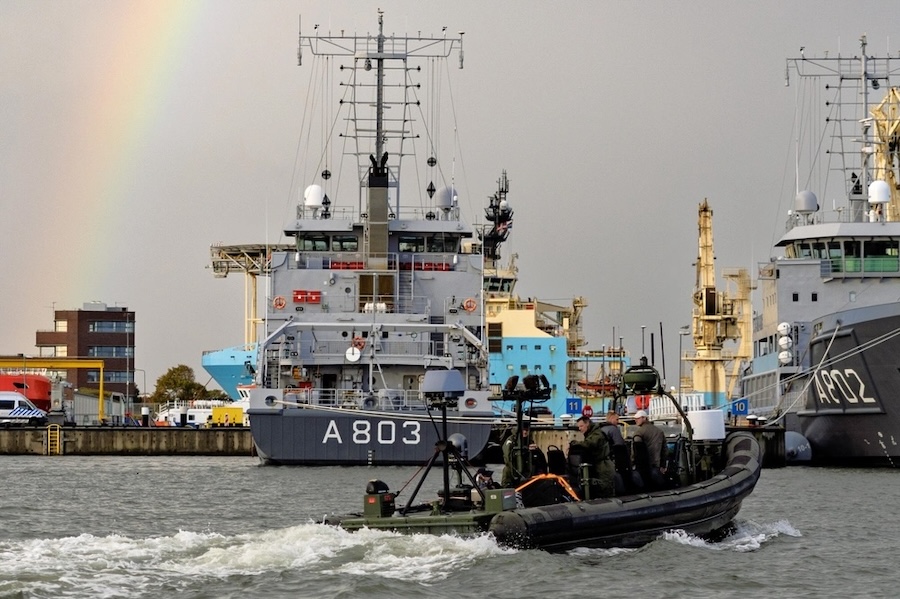
![Auterion conducts first multi-manufacturer hybrid drone swarm strike demonstration [VIDEO]](https://defence-industry.eu/wp-content/uploads/2025/09/Auterion-secures-130-million-to-scale-AI-defence-software-and-transform-drone-warfare.jpg)
